CLICK ON THE SLIDESHOW BELOW TO SEE SOME OF THE QUILTS AND ARTIST STATEMENTS. YOU CAN HIT THE PAUSE BUTTON AND STEP THROUGH ONE AT A TIME WITH TIME TO READ THE DESCRIPTIONS.
Currently on exhibit at the San Jose Museum of Quilts & Textiles is "Earth, Water, Fire, and Air: Fiber and Poetry." Four fiber artists, the ARTful Women, have created a series of quilts which are personal interpretations of the classical ideas of four elements: Earth, Water, Fire and Air. Their works are the inspiration for "ekphrastic" poems created specifically for the exhibition.
The museum was kind enough to allow us to photograph the quilts.
(ekphrastic - a literary description of or commentary on a visual work of art—)
From the Museum:
January 3 – February 28, 2016
EARTH, WATER, AIR, FIRE
Since ancient times, the four classical elements of Earth, Water, Air, and Fire have been used as a way to organize and understand the miraculous mystery of life's essence--the most basic, unchangeable fabrics of existence. The ARTful Women, Sandra Poteet, Gail Sims, Lin Schiffner and Ann Sanderson, have interpreted the classical elements in fiber art. Utilizing texture, color, cloth and thread each artist explored all four elements as a series, resulting in four distinct, artful interpretations.
Poetry Reading/Artists Reception: Sunday, February 7, 2 -4 pm.
Don't miss the chance to meet the four accomplished fiber artists in this exhibition and four exceptionally talented poets—Sally Ashton, Jennifer Swanton Brown, Pathenia M. Hicks, and Persis Karim. The artists have created sixteen works that are the roots of inspiration for sixteen ekphrastic poems created specially for this exhibition. The public is invited to meet these eight women, view the fiber pieces and hear the poets read their beautiful words.
 |
"All featured poems ©2015. All Rights Reserved:
Sally Ashton, Jennifer Swanton Brown, Parthenia
Hicks, Persis Karim"
A catalog of the show with all images and poetry is available directly from ARTful Women, through Lin Schiffner at lin.schiffner@yahoo.com and at the San Jose Museum of Quilts & Textiles.


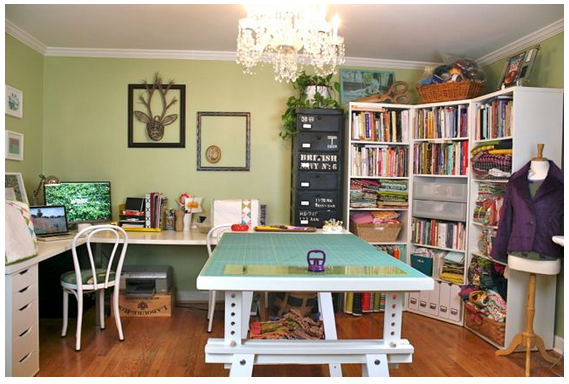
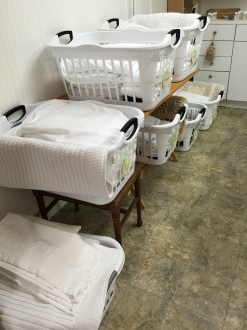
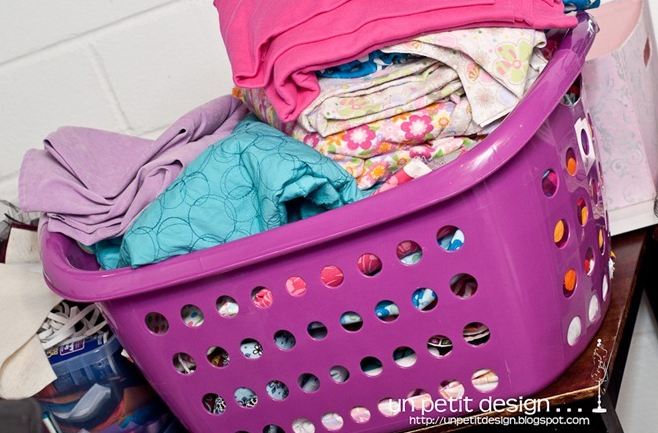
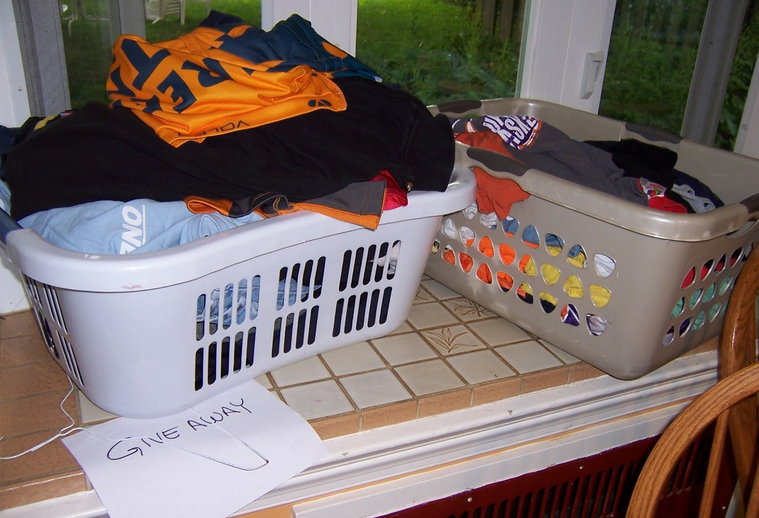

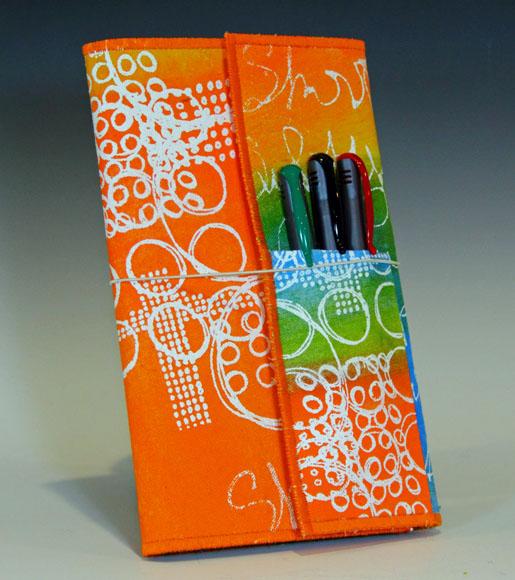
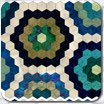
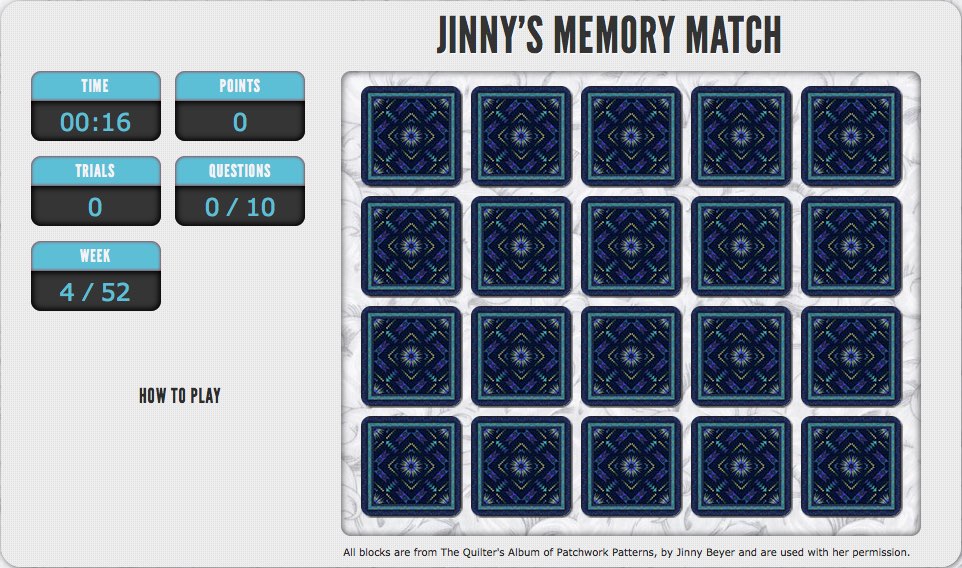
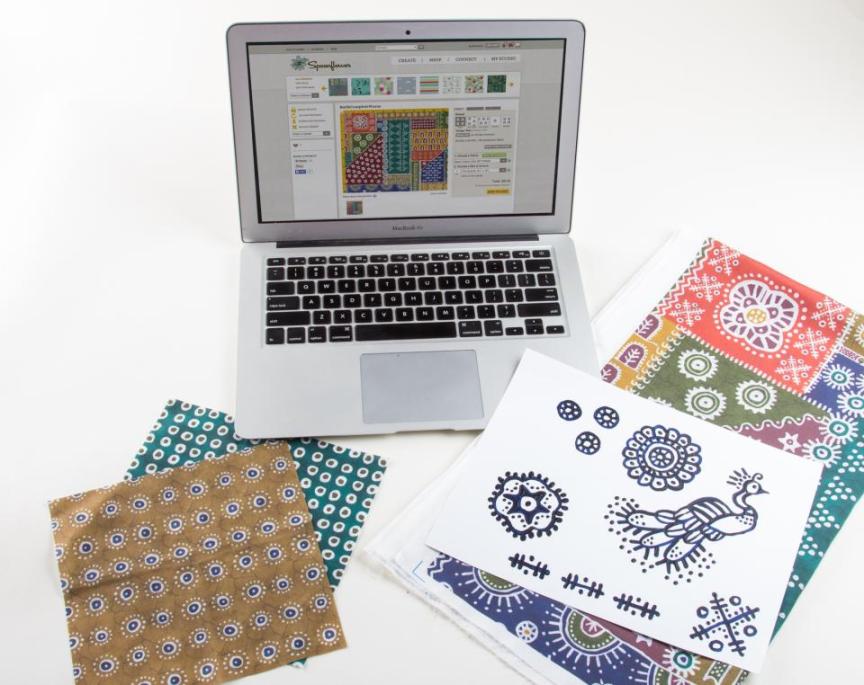
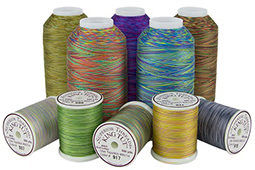
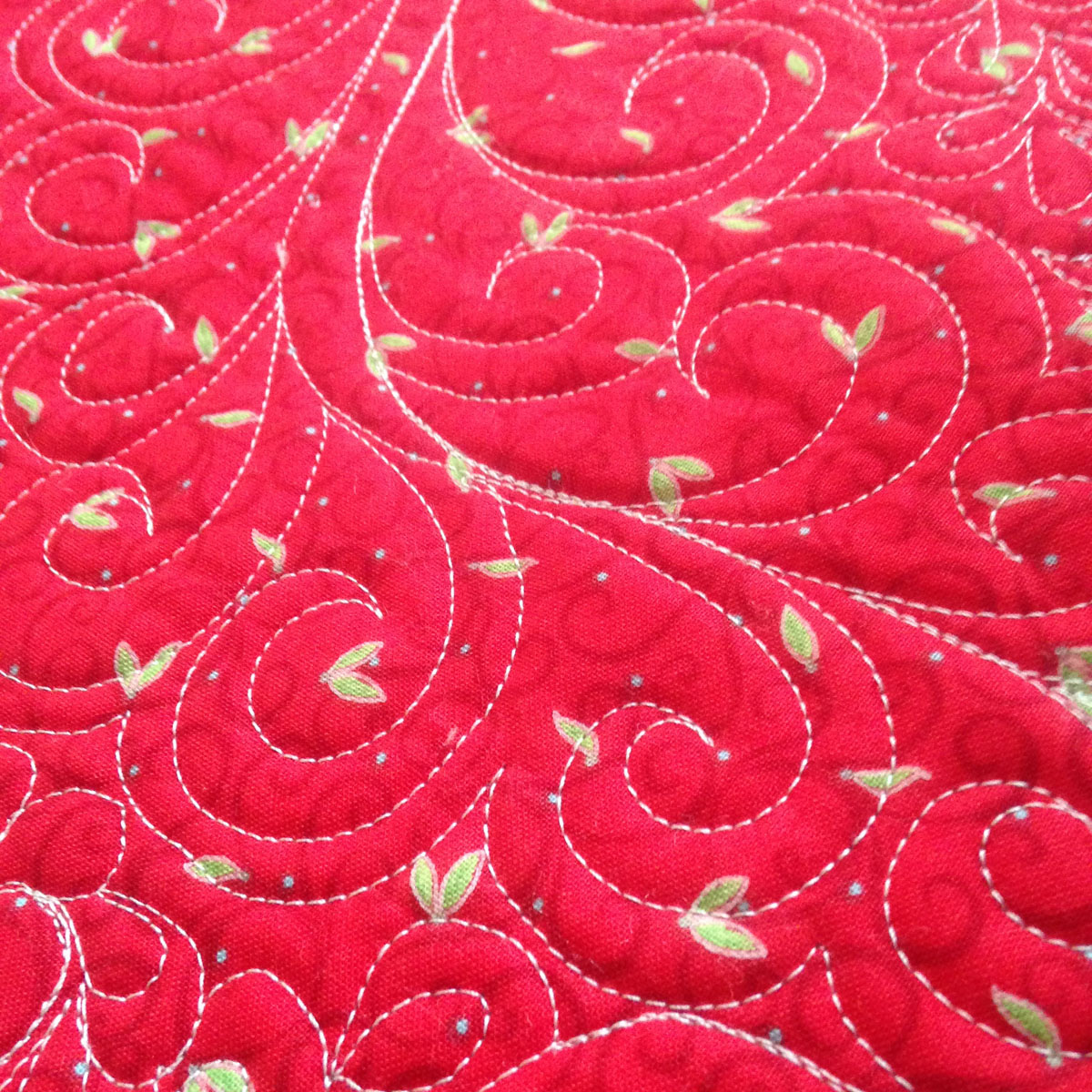

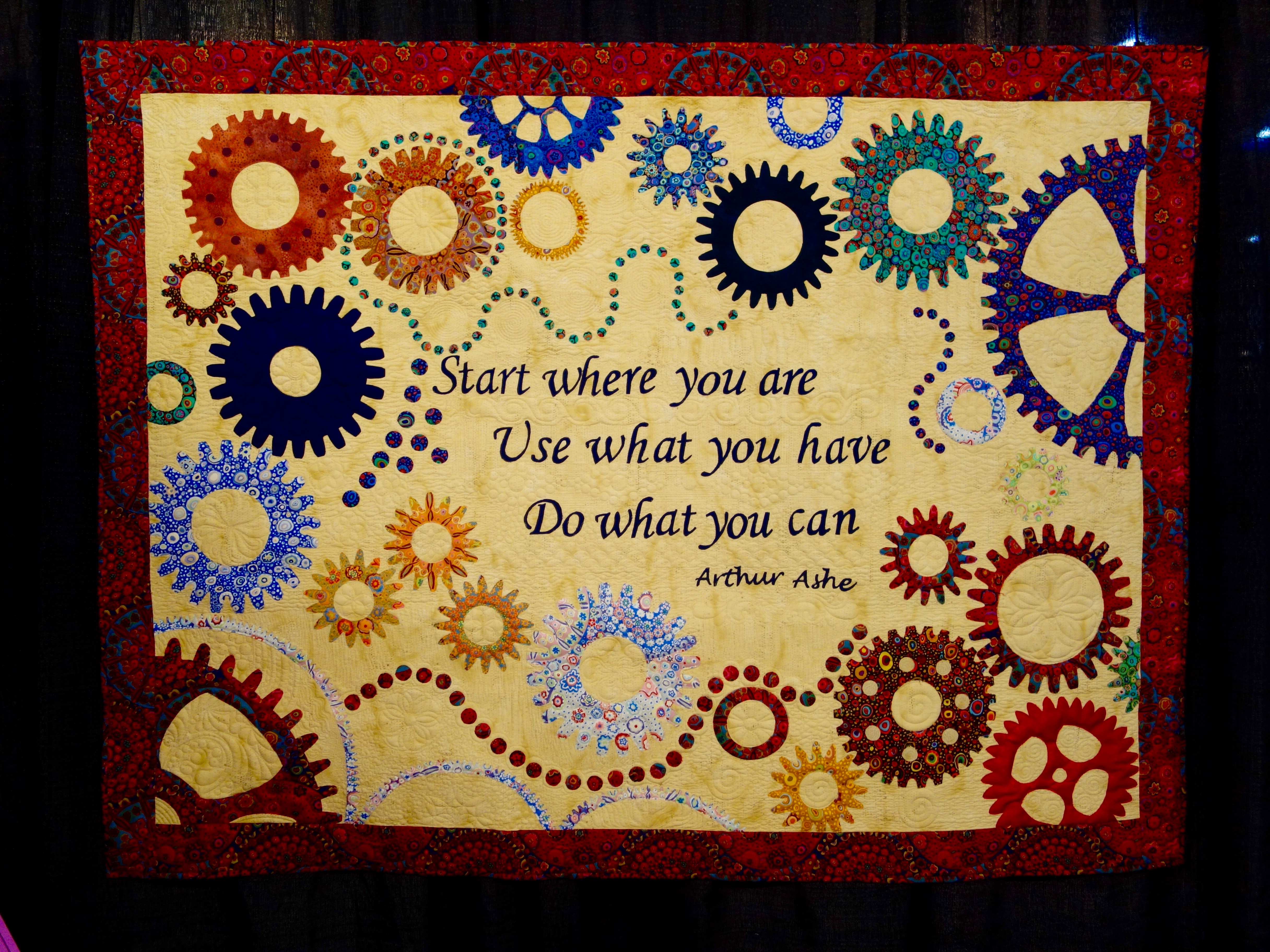


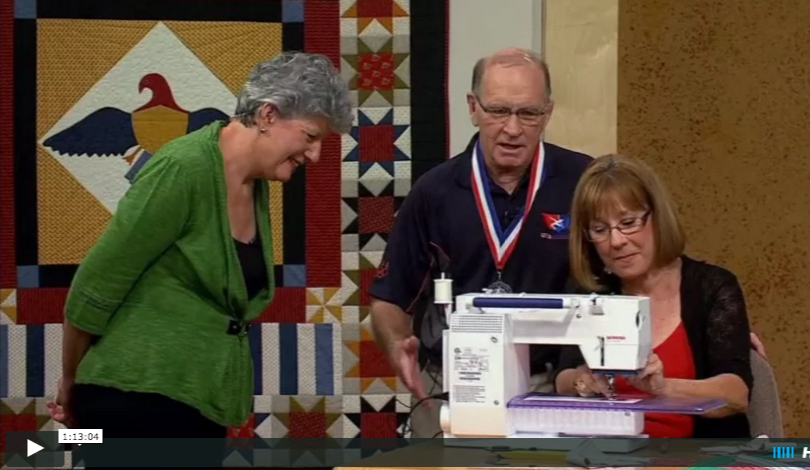


.jpg)


